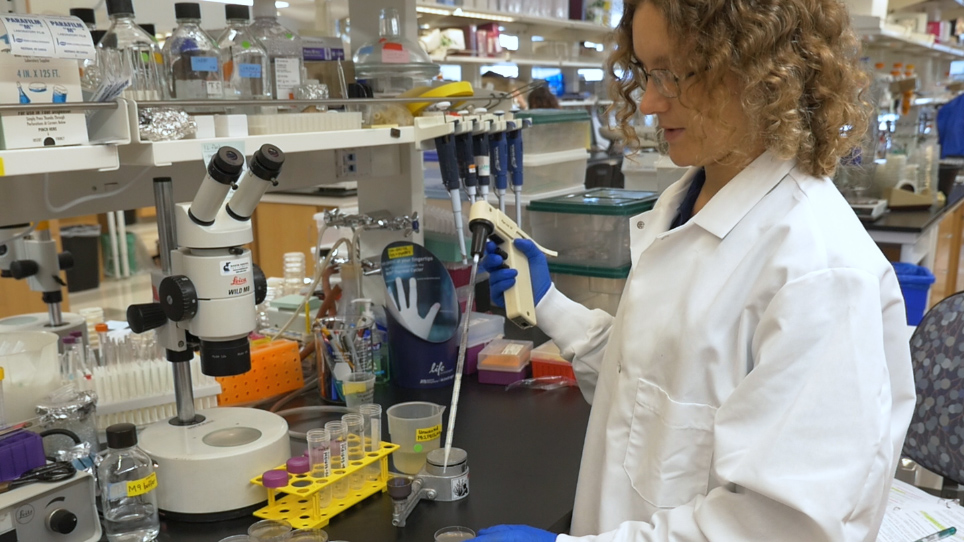/
/
Computationele analyse van de Caenorhabditis elegans Germline te bestuderen van de distributie van kernen, eiwitten en het cytoskelet
A subscription to JoVE is required to view this content. Sign in or start your free trial.
JoVE Journal
Developmental Biology
Computational Analysis of the Caenorhabditis elegans Germline to Study the Distribution of Nuclei, Proteins, and the Cytoskeleton
Chapters
- 00:05Title
- 00:41Nuclei Number and Distribution Post Imaging Analysis
- 03:58Sperm and Chromosome Number Scoring and Cytoskeletal Germline Reconstruction Post Imaging Analyses
- 05:42Results: Representative Germline Imaging Analyses
- 07:20Conclusion
We presenteren een geautomatiseerde methode voor driedimensionale wederopbouw van de Caenorhabditis elegans germline. Onze methode bepaalt het aantal en de positie van elke kern binnen de kiemcellen en analyses germline eiwit distributie en cytoskeletal structuur.










